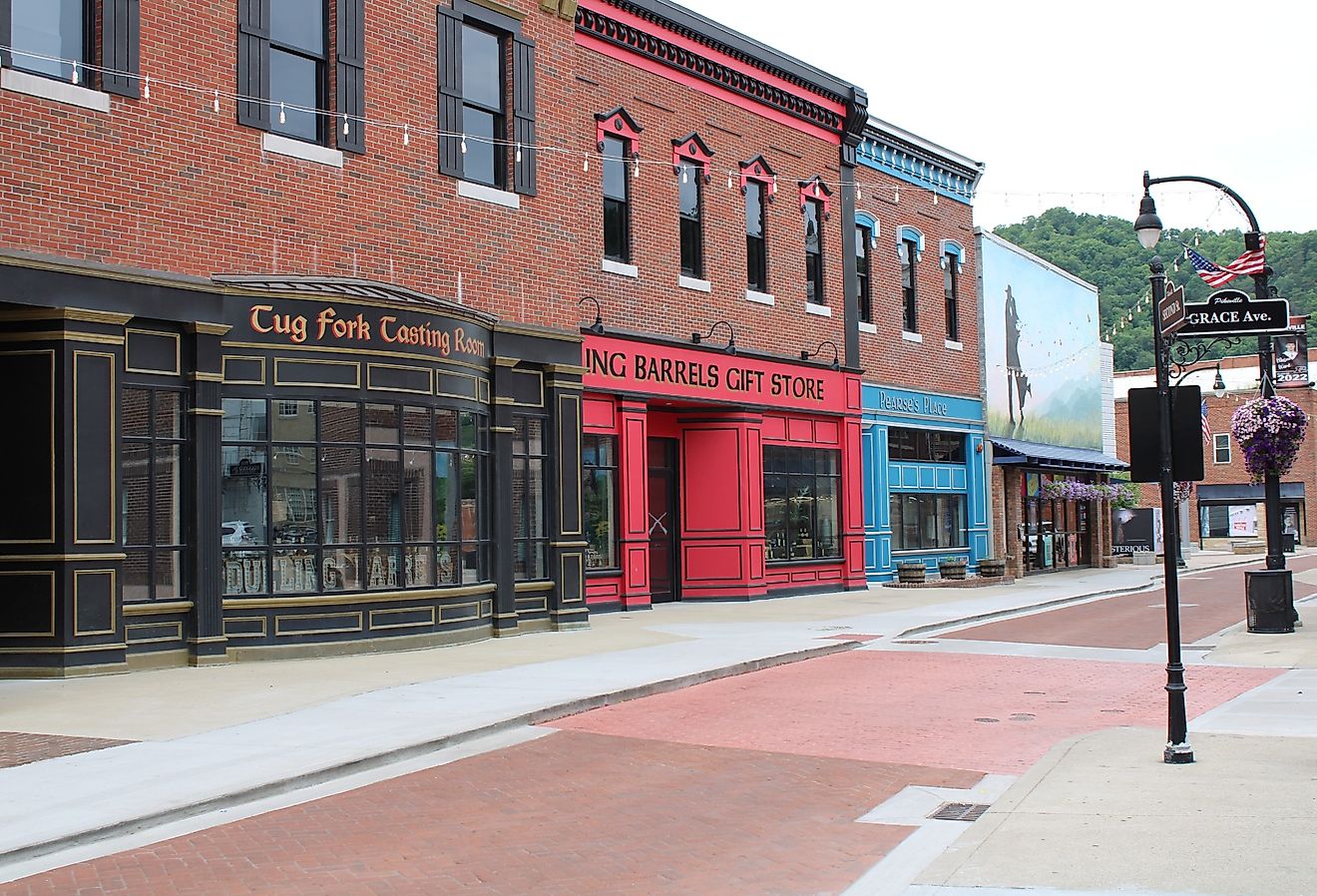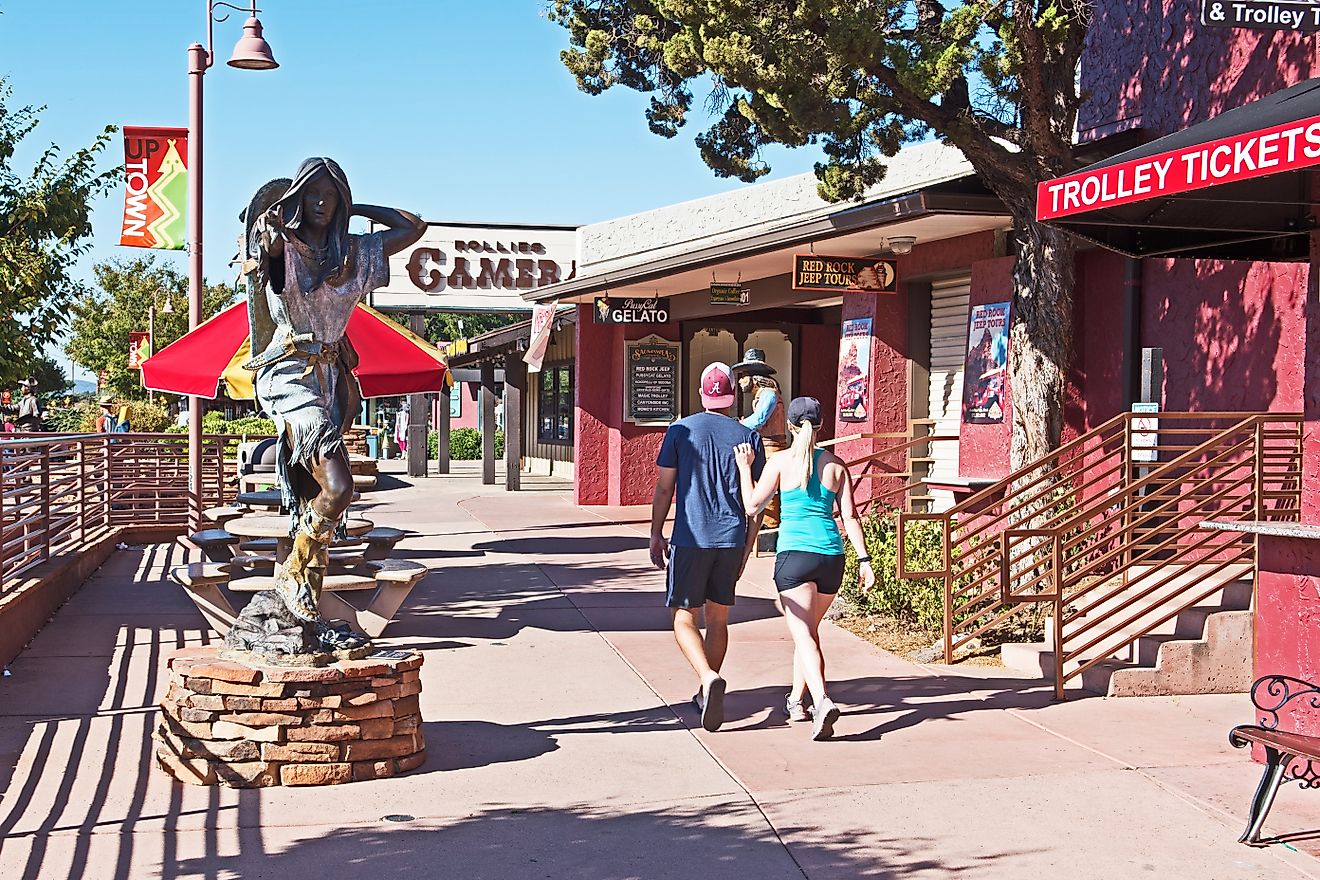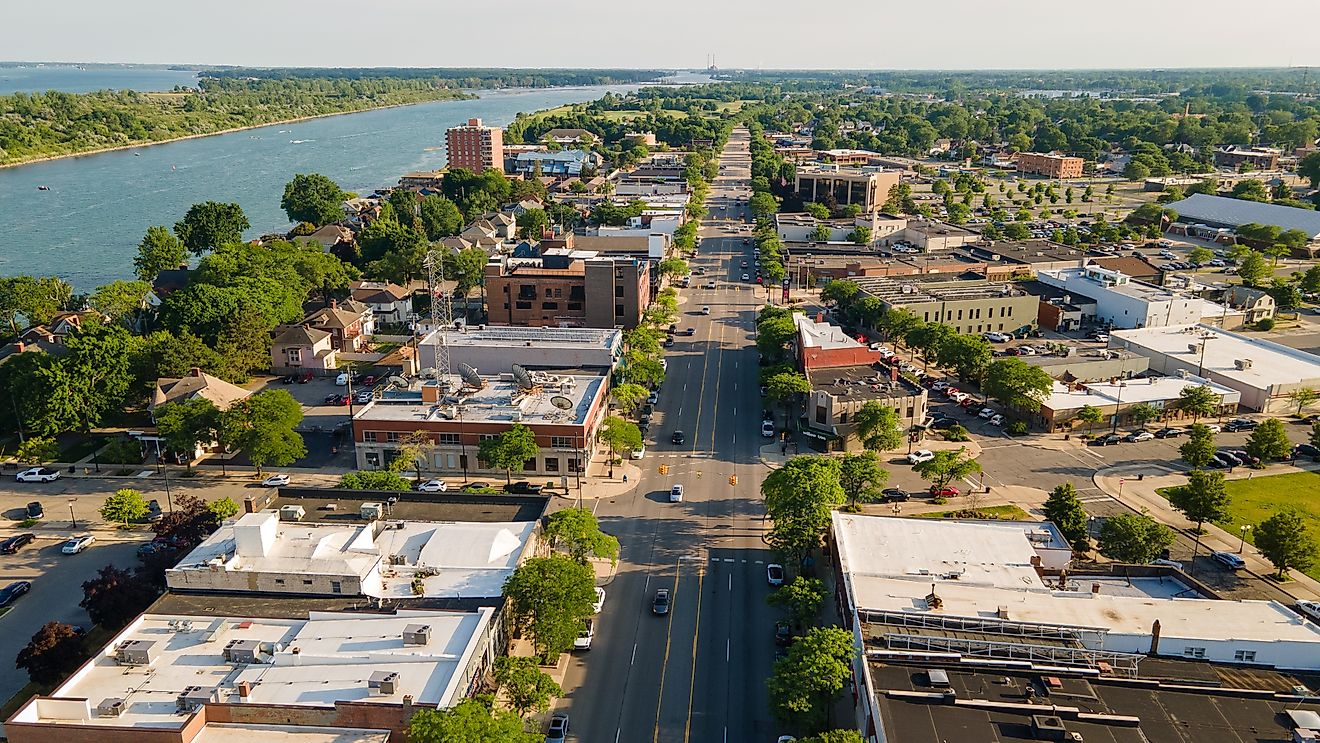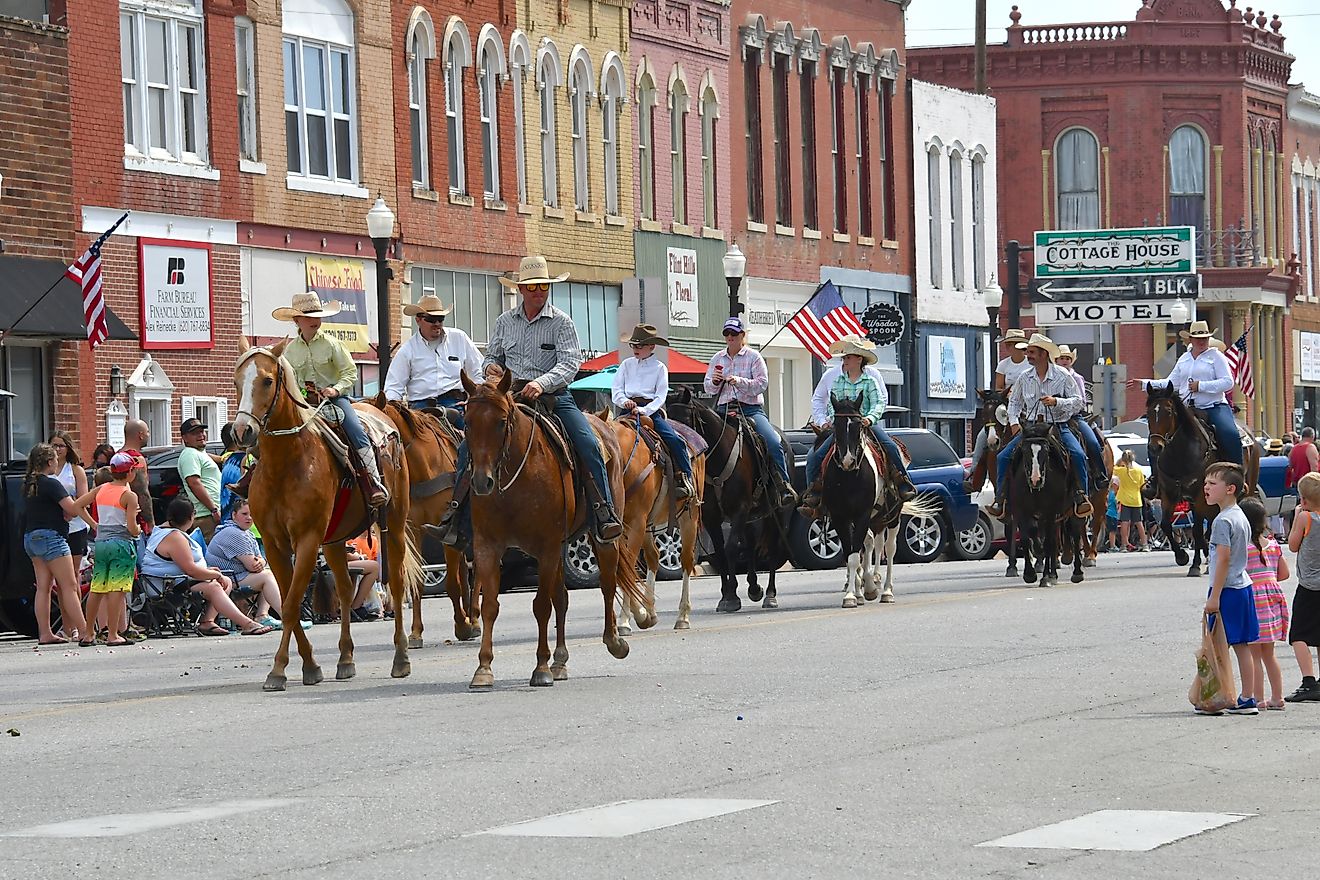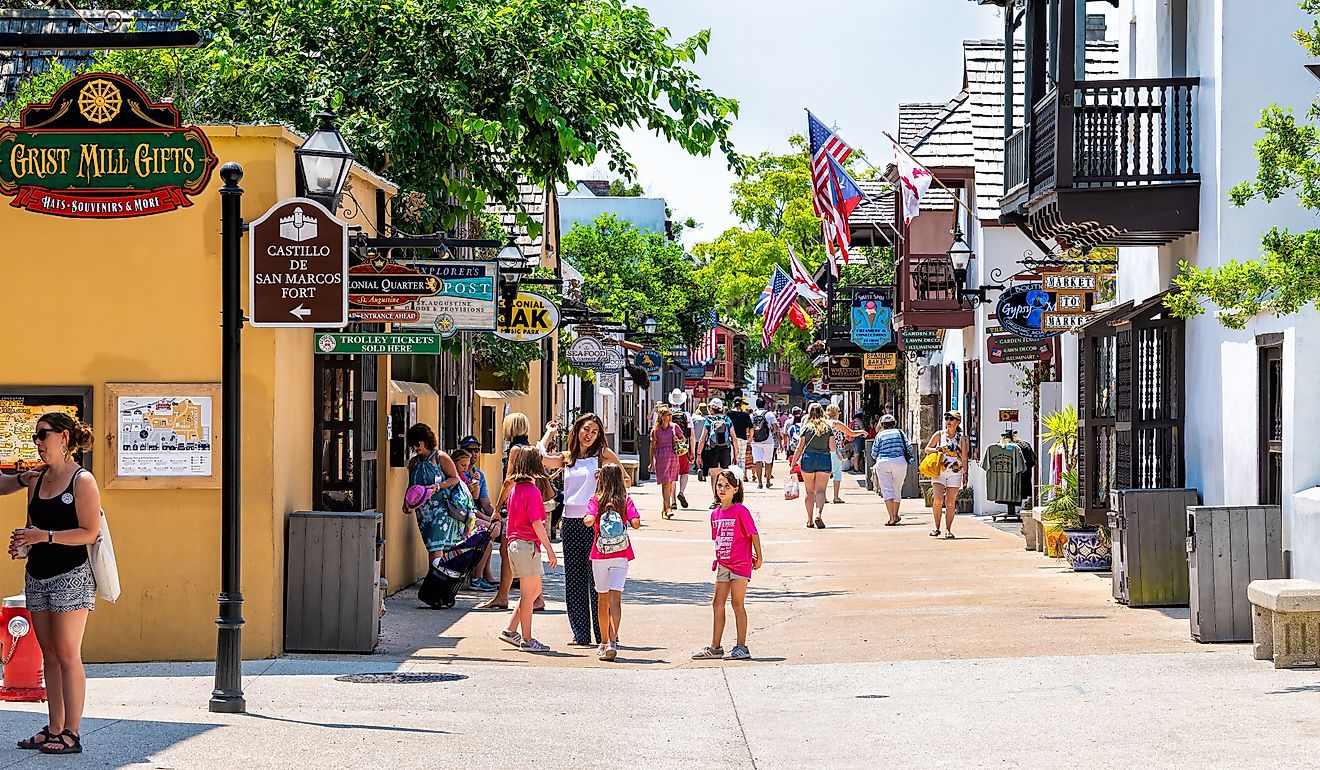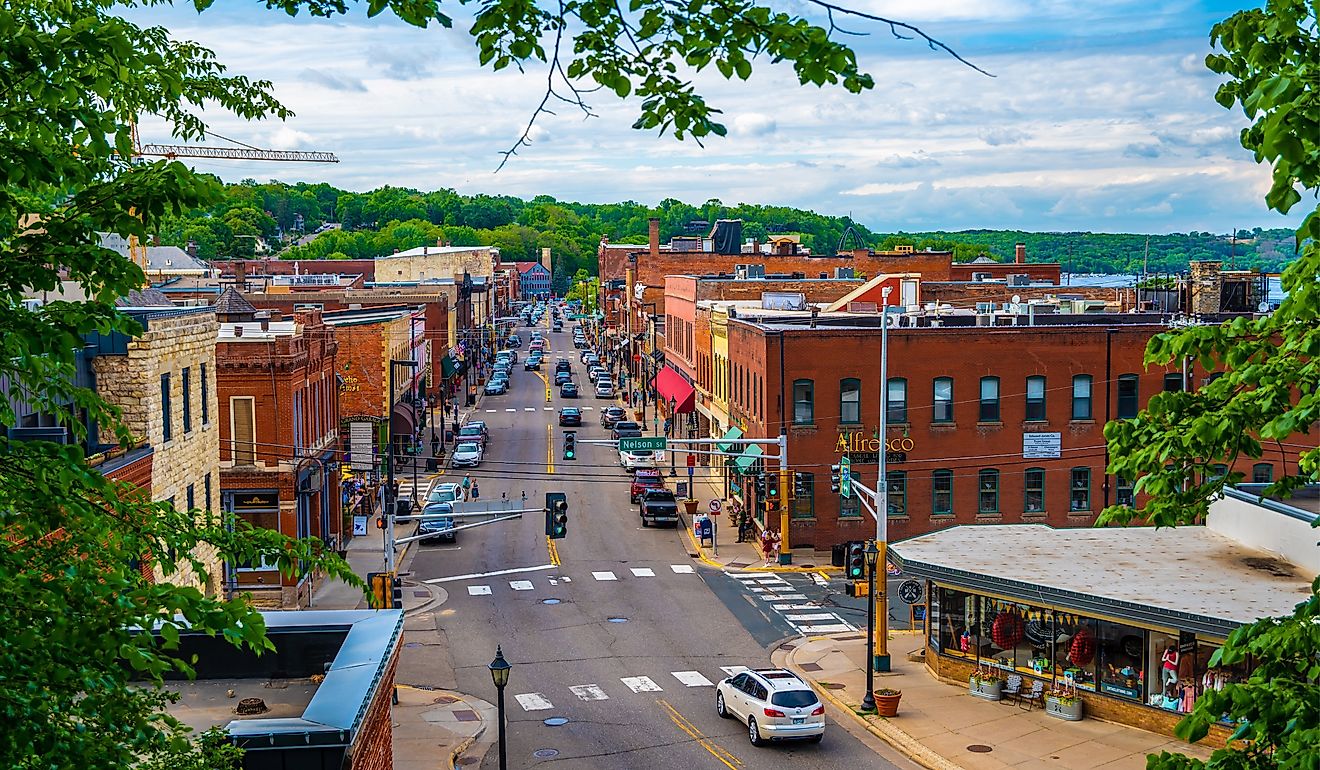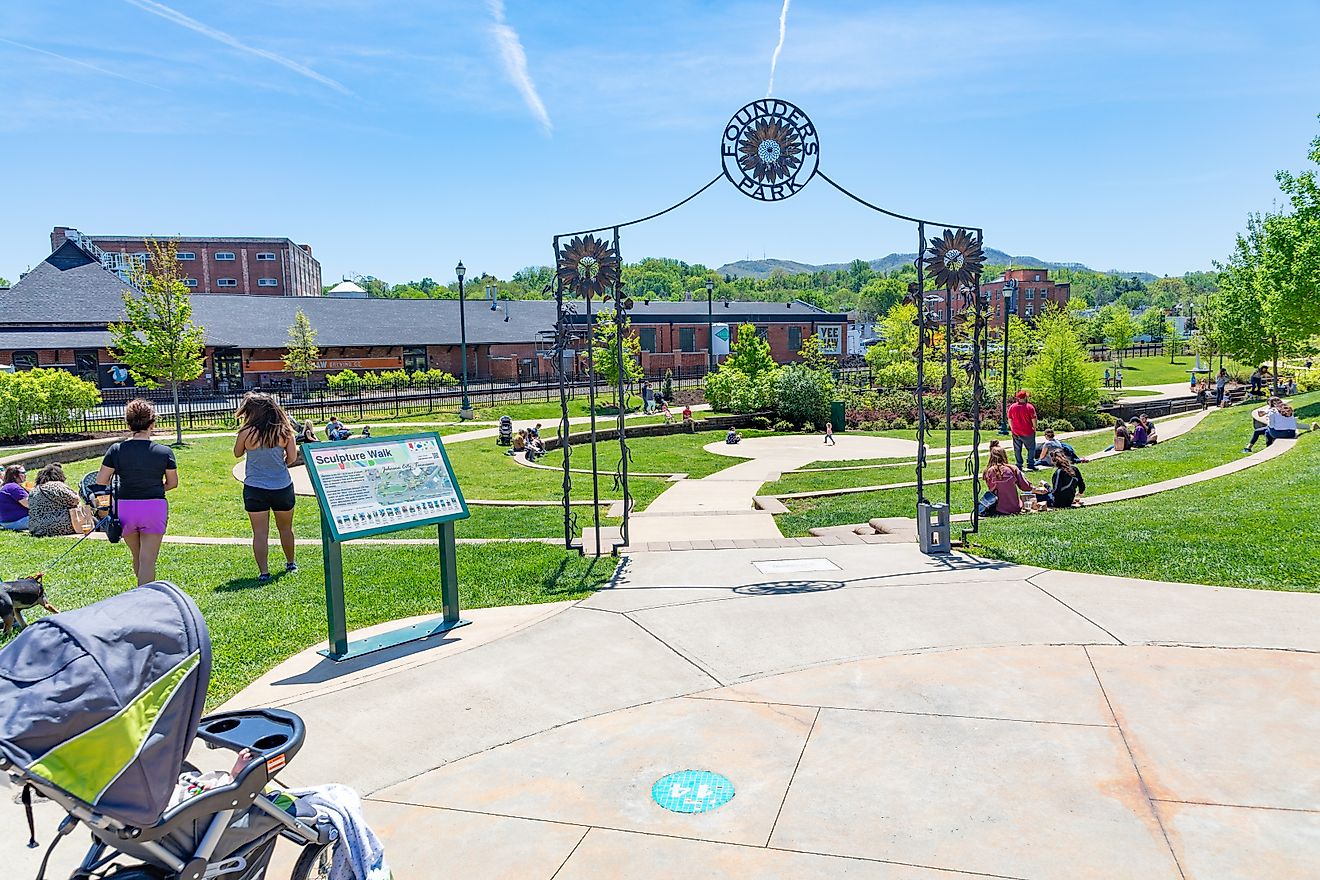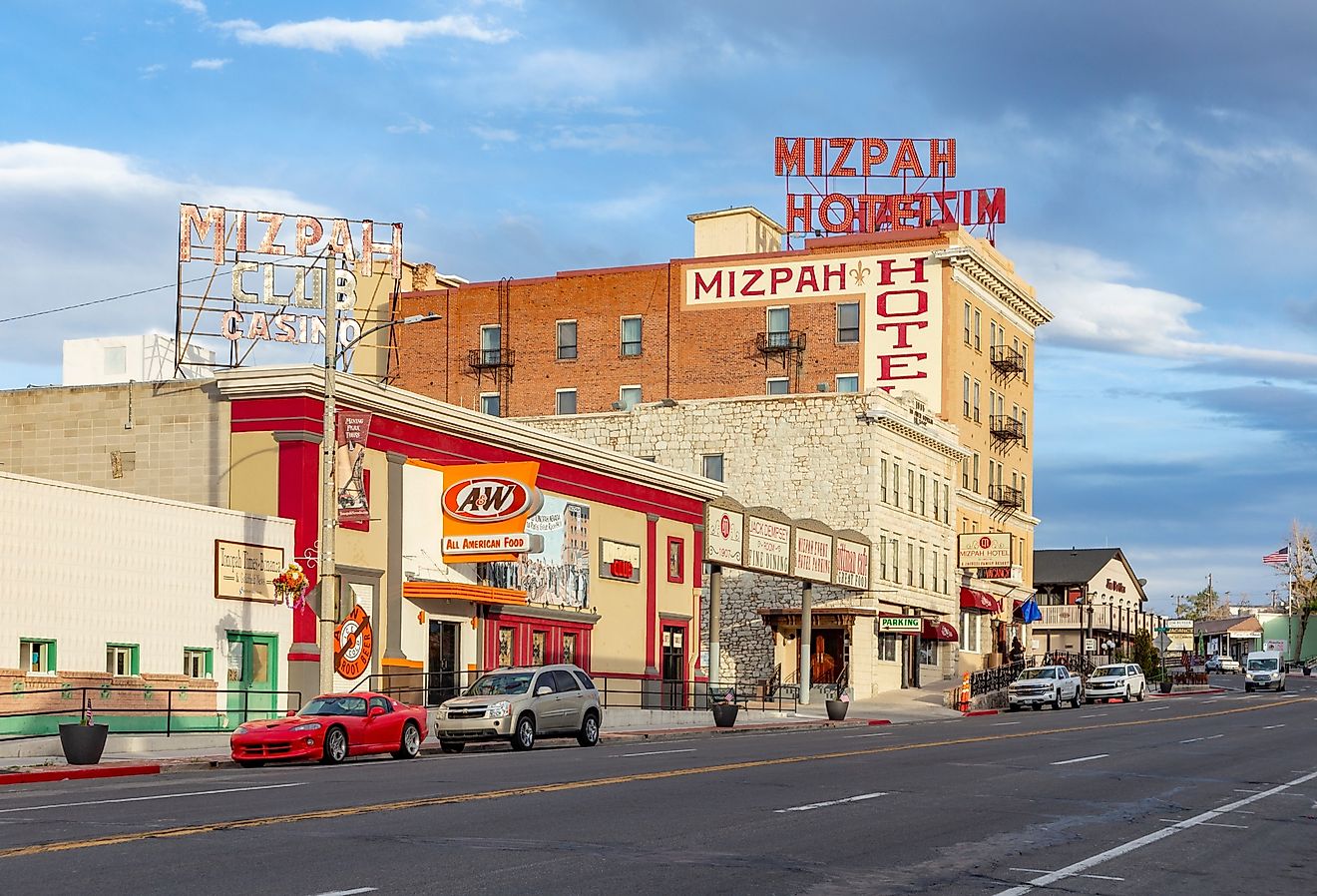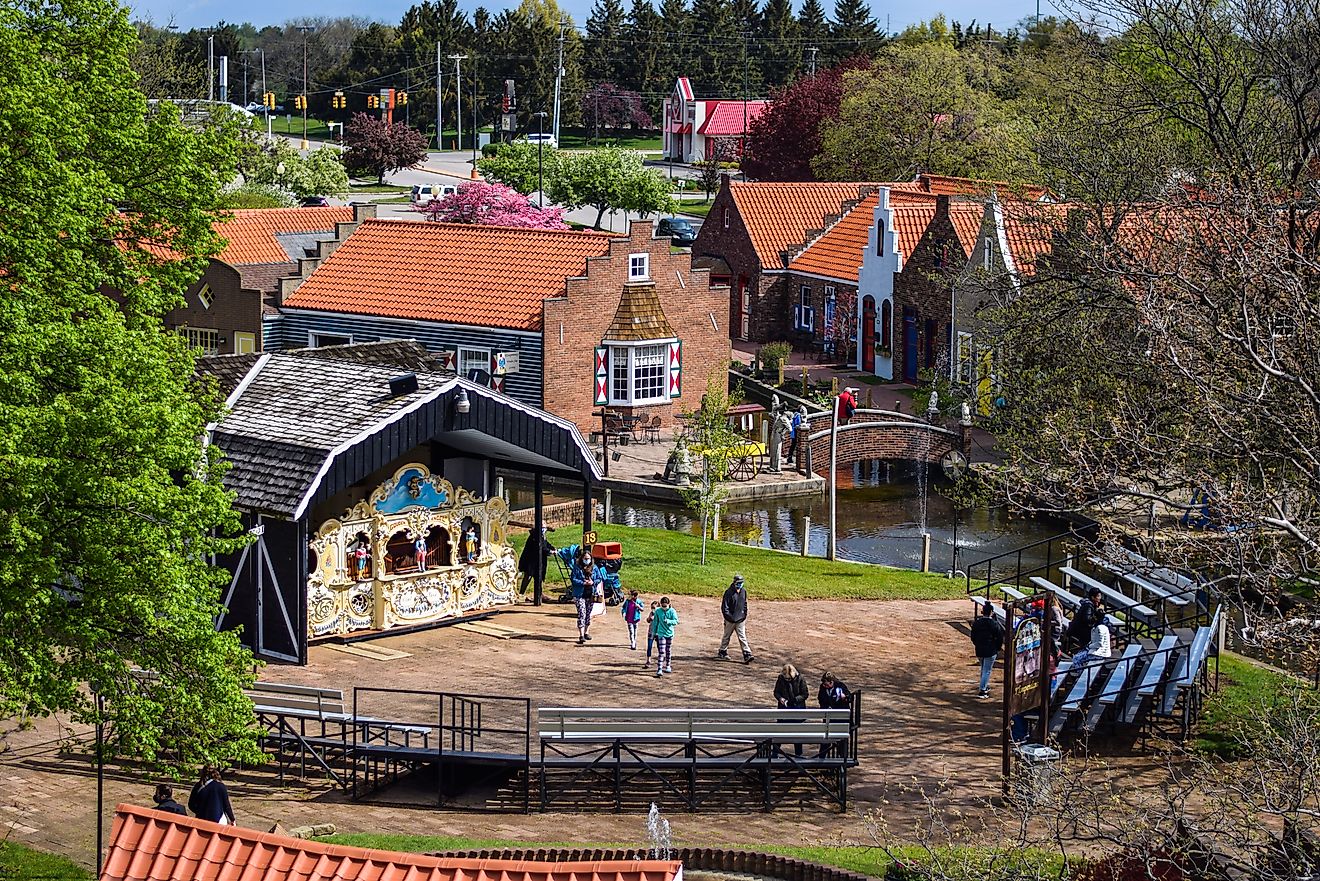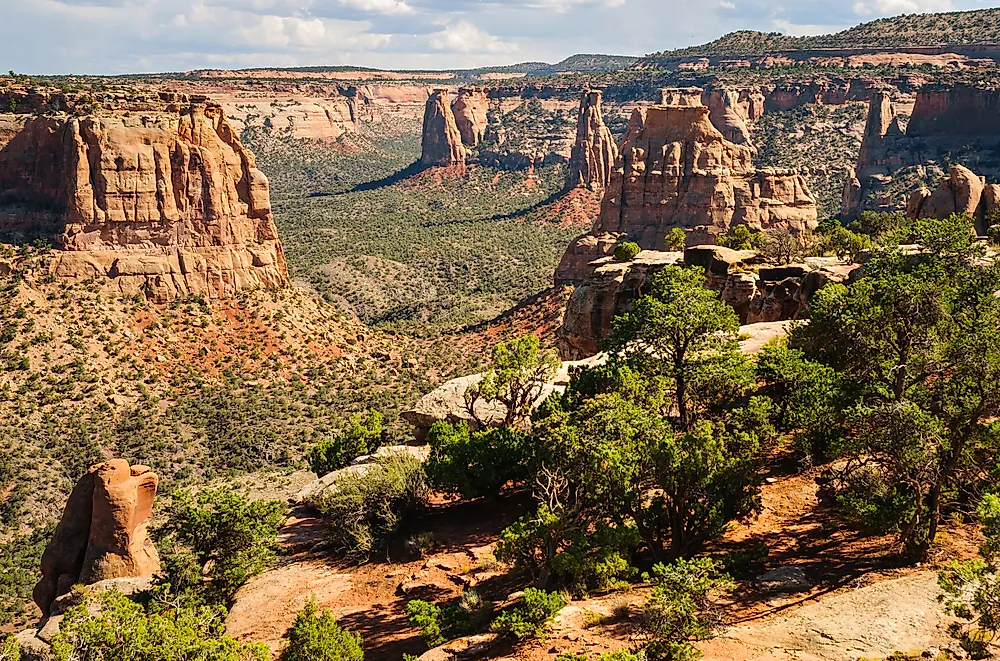
Colorado National Monument
The stunning landscape of the Colorado National Monument features steep, striated red rock canyons, anthropomorphized monoliths, stone tunnels, and desert vegetation. Visitors can explore the 32 square miles (83 square kilometers) of protected wilderness in Western Colorado by using an extensive network of trails or traveling along the scenic Rim Rock Drive. In either case, they can expect to experience an intriguing mix of flora and fauna, fascinating rock formations, and glimpses into unfathomable geological timelines throughout the area.
Geography
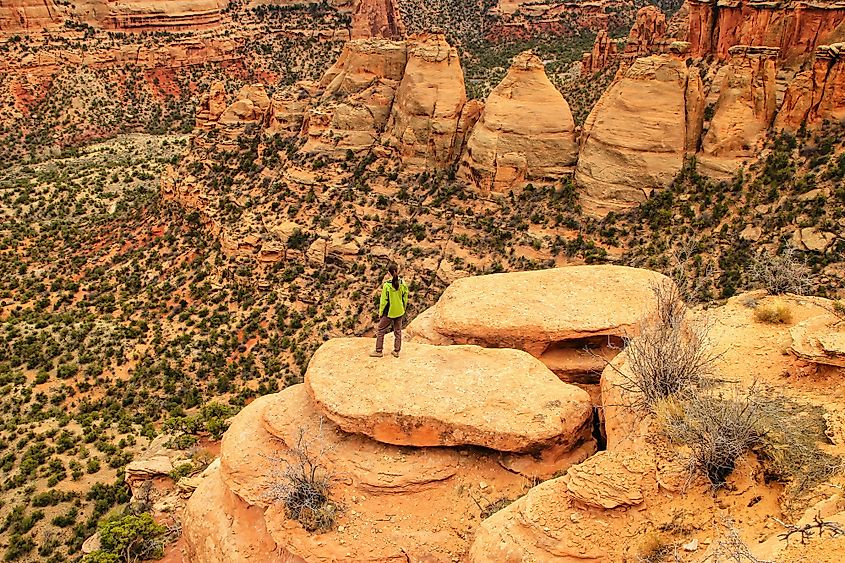
Colorado National Monument sits on the Northeastern part of the vast Colorado Plateau, just West of the cities of Grand Junction and Fruita, Colorado. This protected bubble also presses up against the Southwestern boundary of another beloved space, the McInnis Canyons National Conservation Area. Fans of the American West will be delighted to know that outside of Washington, D.C., the Colorado Plateau hosts the country's highest concentration of U.S. National Park Service units.
History
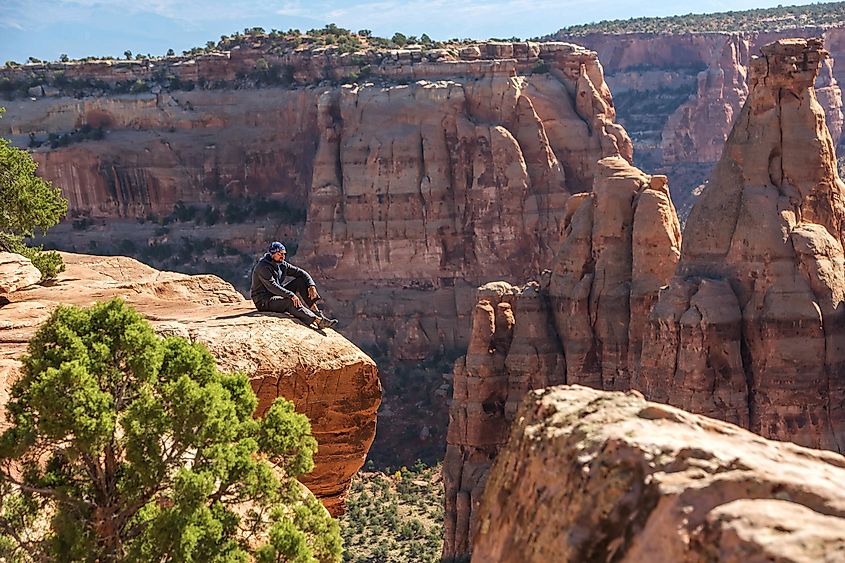
Prior to European settlement, the area now referred to as the Colorado Plateau was inhabited by the Ancestral Puebloan, which included people of the Anasazi, Sinagua, Fremont, and Cohonina. However, given the prohibitively steep canyons of the modern-day Colorado National Monument, it is unclear if any humans set foot here during prehistoric times.
In 1906, a man named John Otto settled in Grand Junction and was struck by the beauty of his own backyard. He took it upon himself to blaze trails through the area to showcase the 500-foot canyon walls and 450-foot monoliths to his neighbors and, ultimately, the Congress. An inspired campaign to have his beloved playground federally protected paid off on May 24, 1911, when Colorado National Monument was officially created as a National Park Service unit. Quite fittingly, Otto was appointed as the land's first superintendent.
As the years ticked on, positive word-of-mouth spread, and visitors began to flock in healthy numbers. To make the monument's blessings accessible to all, the Civilian Conservation Corps began construction on Rim Rock Drive in the 1930s, finishing in the 1950s.
Climate
Colorado National Monument is temperate and semi-arid, experiencing hot and dry summers with cold, somewhat snowy winters. The yearly average temperature is about 65 degrees Fahrenheit (18.3 Celsius), ranging from an average low of 20.8 F (-6.2 C) in January to an average high of 92.9 F (33.8 C) in July. The region experiences approximately 11.24 inches of precipitation (286 mm) each year, with September/October typically being the wettest months and December/January being the snowiest.
Flora And Fauna
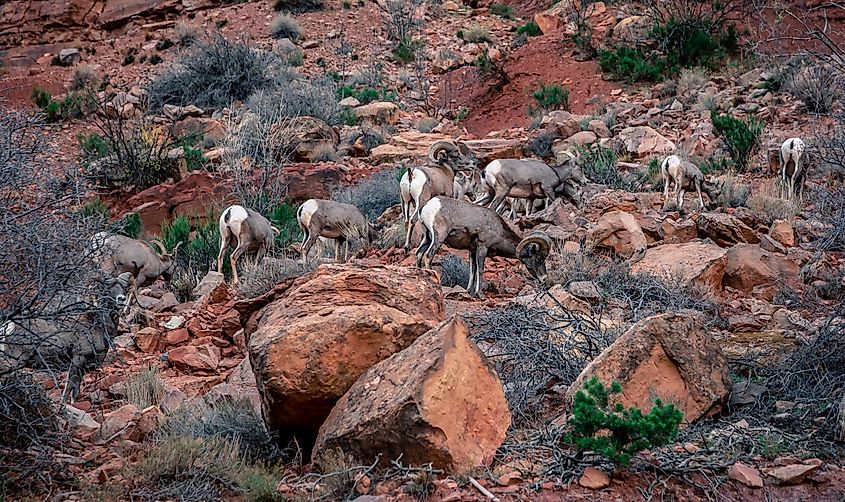
Within the perimeter of the Colorado National Monument, the most commonly seen large mammal is the mule deer. But coyotes, mountain lions, and desert bighorn sheep are occasionally spotted. Amongst the juxtaposed terrain scurry many smaller mammals, such as Hopi chipmunks, rock squirrels, desert cottontails, and grey foxes. In terms of reptiles, the best chance to spot collared lizards, the plateau-striped whiptail, or even a midget-faded rattlesnake is on warm, sunny days between May and June (though March through October is considered their general window of activity). And remember to look up, as golden eagles, red-tailed hawks, turkey vultures, swifts, swallows, and pinyon jays can all be seen scanning the canyon floors or perched high in its cliffs.
As for vegetation, the monument consists largely of pinyon-juniper shrubs. But given the high desert environment, cacti and wildflowers can also be found throughout.
Attractions
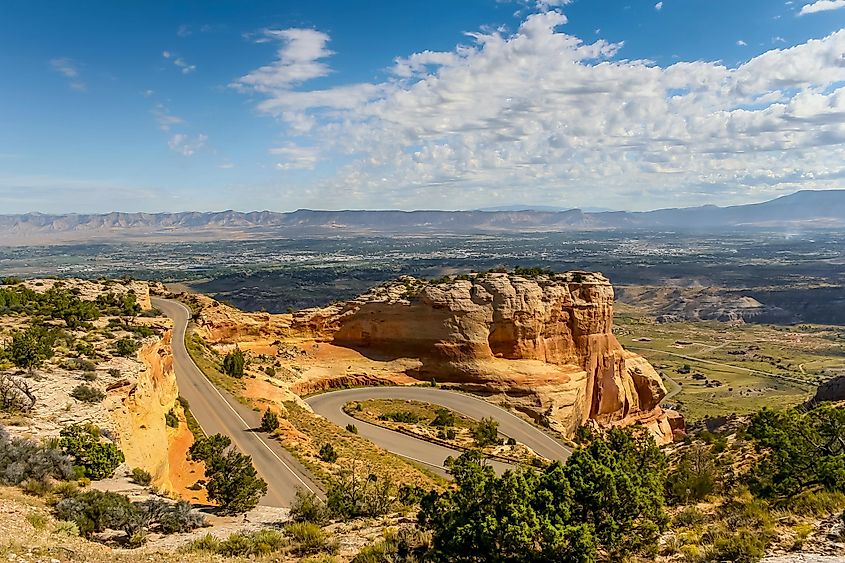
The 23-mile-long, tunnel-ladened Rim Rock Drive is a perfect way to get an overview of the eccentric landscape. The road is open to both motorists and cyclists – the latter of which can participate in an annual race series dubbed the "Tour of the Moon," in reference to the lunar-like setting.Those interested in the backcountry approach can pitch a tent in one of the 80 available sites, using this as a basecamp to venture out on the 14 formal hiking trails or clip into some thrilling climbing pitches. However, if you choose to explore the monument, keep an eye out for the many famous rock formations, including the Coke Ovens, Kissing Couple, Independence Monument, Window Rock, Pipe Organ, Praying Hands, and Sentinel Spire.
Thanks to the efforts of the winds and waters over the eons, and the determination of one man in the early 20th century, Colorado National Monument now showcases a special atmosphere for all to enjoy. The next time you find yourself in the Four Corners region of the Southwestern United States, be sure to side-trip to John Otto's cherished microcosm.
